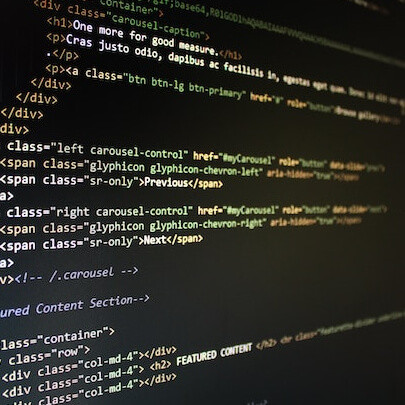
By now, most Human Resources professionals have heard about ChatGPT, a chatbot launched by OpenAI in November 2022. Recently, OpenAI announced that Microsoft was making a multi-year, multi-billion dollar investment in the company. There’s been so much buzz about what this latest artificial intelligence tool can do and how it could potentially replace humans.
So, HR Exchange Network spent some time interrogating ChatGPT itself to learn about the ways it can deliver Human Resources services. Specifically, HREN typed in “What are some ways to use ChatGPT in Human Resources?” The responses in bold below are the ones ChatGPT spit out.
Recruiting and Hiring
ChatGPT can assist with resume screening, candidate questions, and scheduling interviews.
Artificial intelligence has been making headway in the first phase of the talent acquisition process for a while now. Certainly, some of this is tedious, grunt work. As a result, it would help humans be more efficient. While having Chat GPT generate questions to ask job candidates might be useful, humans should still spearhead conversations. Talent acquisition, after all, is the beginning of building relationships with employees. If relationships are built well, then even candidates who do not get the job can serve as allies and perpetuators of employer brand.
Employee Onboarding
ChatGPT can provide new hires with information on company policies, benefits, and procedures.
Effective onboarding can set the tone for employee experience throughout an employee’s lifecycle with an organization. Therefore, people need to remain a big part of onboarding. Again, there is an essential relationship building component to this early stage of hiring. But there is an aspect of onboarding that is all about signing the right documents and ensuring the organization maintains compliance. Having Chat GPT disclose those documents could be a great help.
WATCH: HR and Future of Work
Employee Engagement
ChatGPT can be used for pulse surveys, employee feedback, and suggestion boxes.
At a time when employers are more determined to retain top talent, they are focusing heavily on getting employee feedback. These surveys are becoming a more frequent occurence in organizations. No one in HR is going to complain about a sophisticated chatbot distributing, collecting, and assessing these surveys and other means of getting feedback from workers. What would be prolbematic is having Chat GPT handle the follow up. Once humans have the data points, they should go talk to the respondents and determine a strategy for responding. Part of HR’s future is determining what Chat GPT can do and what should remain in the hands of humans.
Performance Evaluation
ChatGPT can help with the preparation of performance reviews, collecting feedback from colleagues, and setting goals.
“I love performance reviews,” said no one ever. As a result, the news that ChatGPT can aid with them is welcome. However, the technology should be a simple helper, a way to efficiently make assessments. Then, humans must follow up and provide guidance. People need people, and the chatbot just can’t offer the same in the way of support.
Training and Development
ChatGPT can assist with the delivery of training materials, answering employee questions, and tracking training completion.
Learning and development will be an interesting area to witness with ChatGPT and other AI-capable technology. Until now, humans have favored having other humans as teachers. However, technology like this can serve as a teacher’s aid. Perhaps, some basic training could be done exclusively with ChatGPT.
Compliance and Policy
ChatGPT can provide employees with information on company policies and compliance requirements, and answer related questions.
This is probably one of the most welcome ways ChatGPT can serve in Human Resources. Doling out paperwork and explaining legal jargon can be tedious and mundane. Having the tech do the job for a human leaves time and energy for other tasks and more big picture strategizing.
HR Data Management
ChatGPT can assist with data entry, employee records management, and generating reports.
AI is masterful at data analytics. This is another tool that HR professionals can use to organize and assess the data that is at their fingertips. When humans handle this on their own, it can be a clunky and disorganized process. As a result, having technology do it for people is a benefit. However, people will still need to understand what the data tells them and how to use it to make strategic decisions.
Employee Assistance
ChatGPT can provide employees with support and resources on work-life balance, mental health, and other personal issues.
This offering is the one that seems the least convincing. Sure, ChatGPT can provide contact information, medical verbiage about mental health, and a few suggestions on how to help yourself. However, this must be in addition to human interaction. Managers must learn how to better communicate. Organizations must use common sense and empathy to develop policies that promote better health and wellness. After all, mental health issues are at their core human issues, so they can’t be solved exclusively with technology.
Diversity and Inclusion
ChatGPT can assist with the creation of diversity and inclusion programs, tracking progress, and answering employee questions.
There is no question that technology can greatly help HR professionals seeking to increase diversity, track it, and ensure best practices are in place. Tech can gather data to check on diversity hiring, pay gaps, and the like. However, the inclusion and belonging piece require empathy and relationship building among humans.

